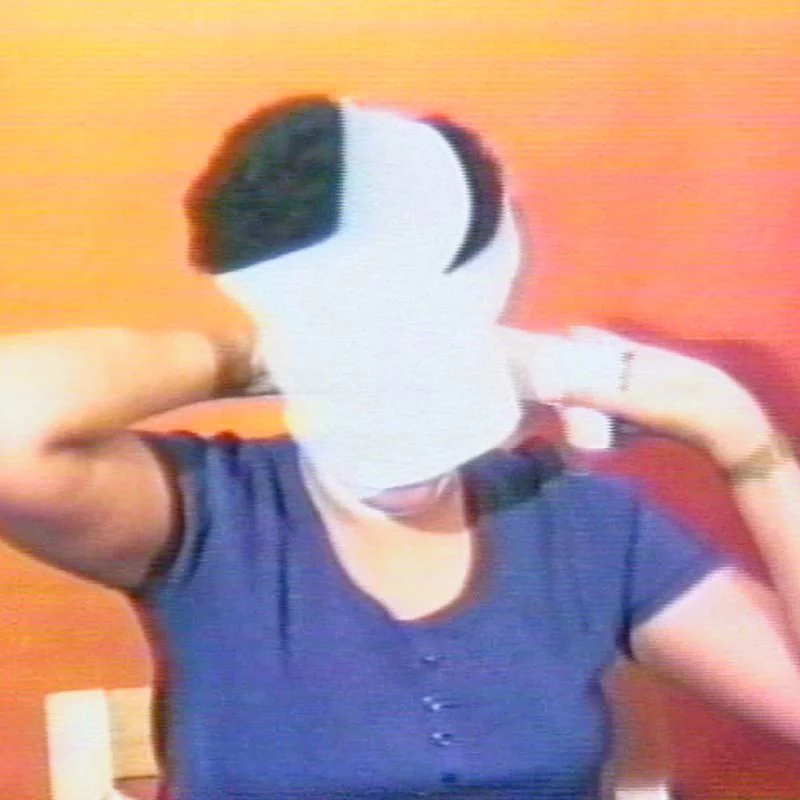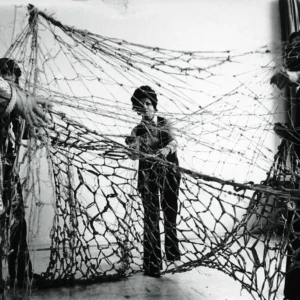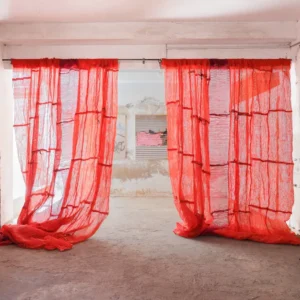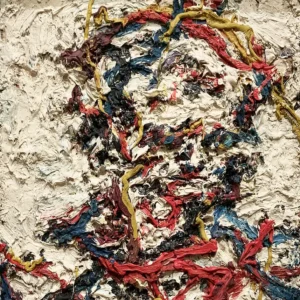Howardena Pindell is a prominent contemporary artist who has been a strong voice in the feminist and civil rights movements. Using a wide variety of mediums, she explores themes of race, gender, and identity as well as violence, exploitation, and slavery.
Free, White and 21 (1980) is a straightforward narration of memories as well as a sharp critique of prejudices and discrimination Pindell has faced as a black woman.
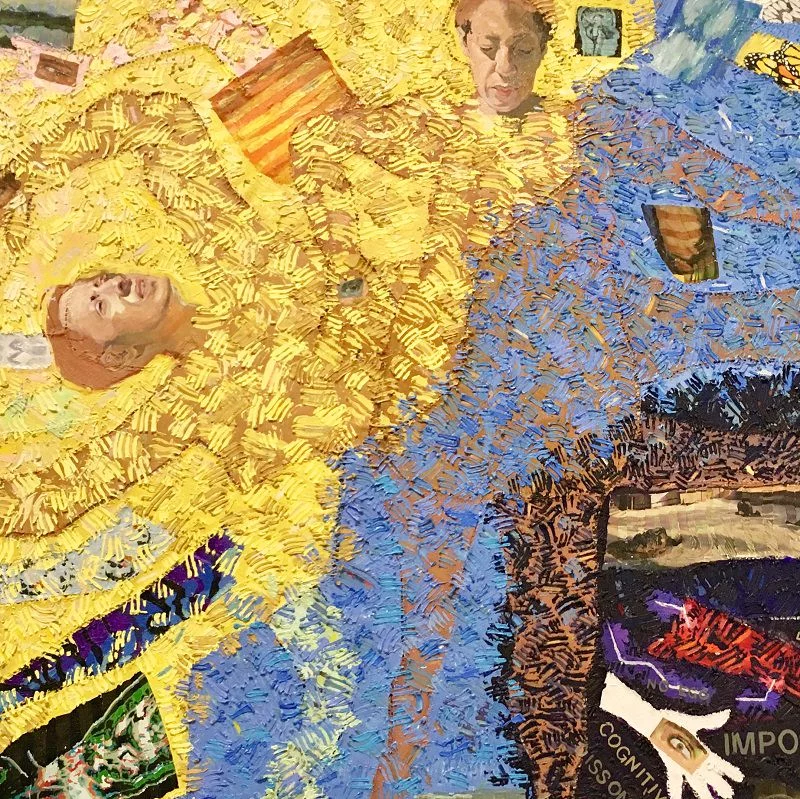
Free, White and 21: Pindell’s Iconic Video Art Piece
Free, White and 21 was Pindell’s debut video art piece and remains to be her most famous video art today. The title recalls the archaic American phrase “free, white, and 21” basically referring to a person who is beholden to no one.
In the roughly 12-minute-long piece, she alternates between talking as herself, a black woman, and acting as a white woman wearing a blond wig and sunglasses. As herself, she recounts many milestones of her life —elementary and high school, college, a wedding she attended— through a focus on extensive racist instances that accompanied them. In between the monologues, she acts eerie physical performances.
The video is one of the first works Pindell has created after a near-fatal car accident that caused her partial memory loss. Pindell’s works after the accident have been instrumental in helping the artist piece together her past, and this video is no exception. By omitting abstract and chaotic visual language often employed by early video artists, Pindell forces the viewer to watch and listen to her experiences sans flowery language or imagery.
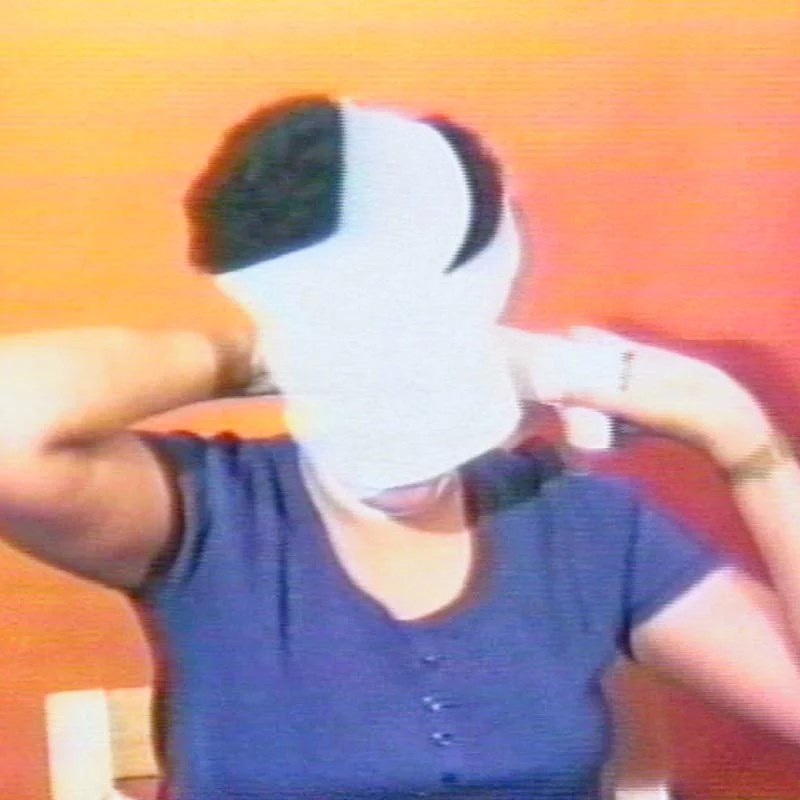
Free, White and 21 begins with Pindell’s mother’s childhood story in which a white babysitter washes her with a chemical compound thinking her skin was dirty. She then moves onto telling her own anecdote from kindergarten, in which her white teacher tied her down to the bed. As she is telling this story, Pindell starts wrapping her head with a bandage, covering her face. The bandage represents the hatred she has witnessed because of her skin color.
In the next footage, she tells the viewer about her high school teacher who would not put her in the accelerated course because a white student would be more successful in life. We then encounter the white blonde woman that Pindell enacts in the video who responds: “You really must be paranoid”. Afterward, the artist appears as herself again and talks about her experience trying to run for office at Boston University and her name being removed from the ballot. As she finishes, the blonde female character shows up again with similar accusations.
The following anecdote is from her job interview after she graduated from Yale. She tells us that all women of color who applied for the secretarial position were sent away. The blonde woman appears again saying “Don’t worry, we will find other tokens”, perhaps something that Pindell heard or told herself many times.
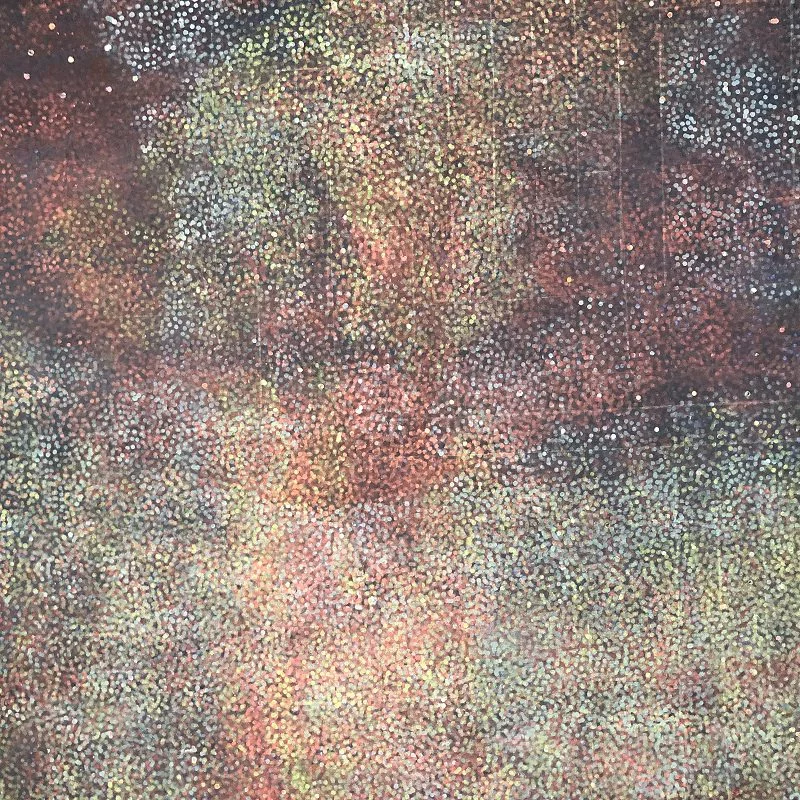
The next story is from a wedding party she attended once where a white woman changed her table so that she could be seated somewhere where she could watch Pindell eat. The blonde character shows up again this time telling Pindell that she must show her political opinions in her art, but only by using symbols that are validated by white people, otherwise they will not be acknowledged. Here, the artist adds her criticism of racist tendencies in the art world.
The following anecdote is about the minister at the wedding who asked Pindell to meet with him in New York, saying they could “have some fun” together. This is followed by footage of the artist peeling off what seems to be a layer of mask from her face. Afterwards, Pindell unwraps the bandage that she had previously wrapped around her head. These acts are manifestations of going public about the sexist and racist behavior she has encountered throughout her life. The video is very relatable to this date, especially now with the “Me Too” movement.
The last shot of the video is Pindell appearing as the white woman, repeating “you really must be paranoid, I’ve never had an experience like that. But then of course I’m free, white, and 21”. This sentence sums up the piece.
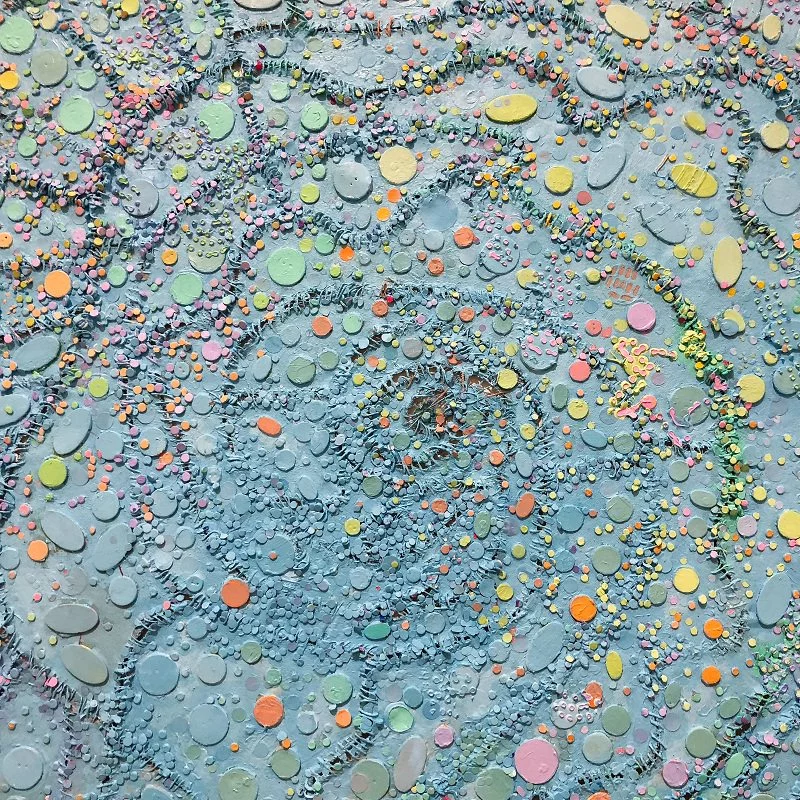
The Ongoing Career of Howardena Pindell
Howardena Pindell is a fascinating figure in contemporary art. Her contributions to public dialogue go beyond her own artwork.
Pindell was born in Philadelphia in 1943, so she grew up under lawful segregation in the South—it wasn’t until she was 21 that the Civil Rights Act was passed, although that did not end the struggles she faced due to her skin color.
She earned a BFA degree from Boston University in 1965 and her MFA from Yale University in 1967. Following her MFA, she accepted a job in the Arts Education Department at the Museum of Modern Art in New York, later moving into curation in the Department of Prints and Illustrated Books. She also traveled abroad to give lectures at universities, most often about Black American Art.
When she made Free, White and 21, Pindell had been working as a curator for 12 years—she was no stranger to the art world or avant-garde movements of the time, which in part prompted her to make this video of her experiences.
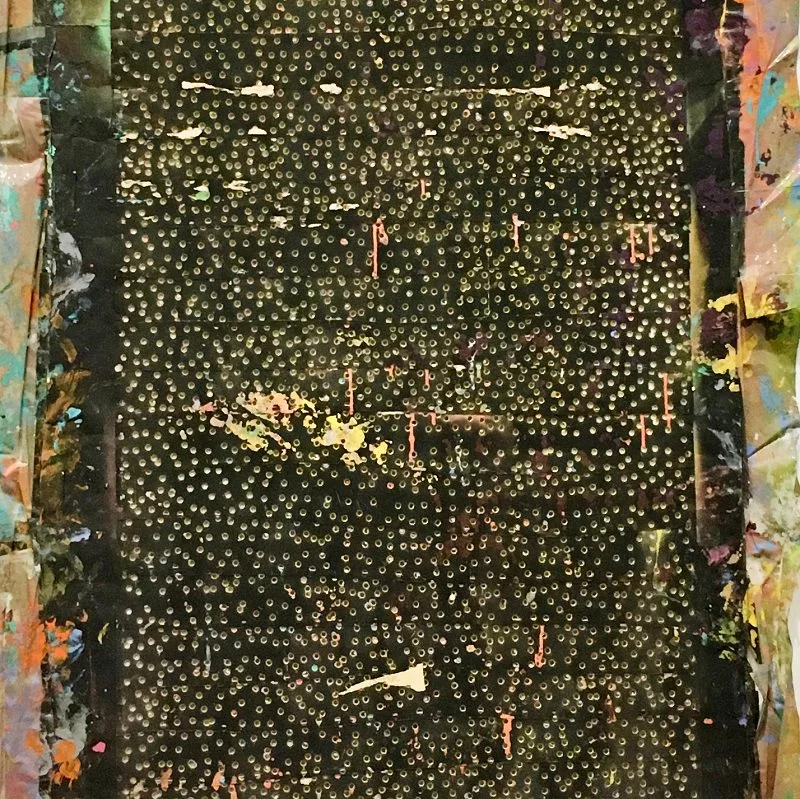
She also co-founded the A.I.R. Gallery in 1972, an artist-run gallery for women, allowing space for them to experiment and display art without the often-discriminatory practices of commercial galleries.
In the beginning of her career as an artist, Pindell was working in a dark studio where she made her own templates out of punch holes and developed a tedious process of layering paint and glued material. Her aim with these works on paper was to achieve and perfect her own abstract style. After her accident, Pindell used her art to reshape her memories. Along with video art, she moved towards collages portraying herself in the pieces and adding past memorabilia along with the use of critical text. By doing so, she combined abstract and figurative styles while creating thought-provoking political works.
Howardena Pindell’s Legacy in Video Art and Feminism
Howardena Pindell’s work is often credited as important in fighting racial discrimination. However, her contributions are more nuanced than that when taking into account the history of video art.
Pindell made Free, White and 21 in 1980, a period when video art was starting to be practiced by artists in radical ways. Video editing was still a very new art form and therefore was not as commonly practiced as painting or sculpture. The visual language employed by video artists was largely inspired by the limitations of the format, such as reusing rolls of the film resulting in layered images and chaotic works. Her work, on the other hand, is a no-frills documentary mixed with social commentary.
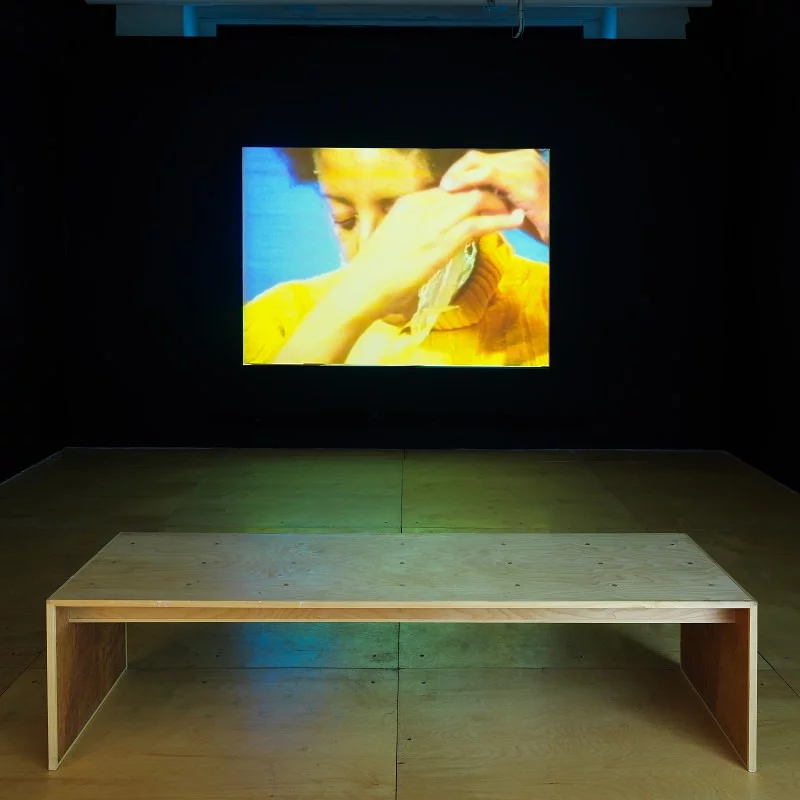
When Pindell was at Yale as a graduate student, women were not admitted to undergraduate studies. Therefore, she was among the very few women, not to mention black women, on campus. When she worked at MoMA, it was a similar demographic. In addition, although she was involved with the Second Wave Feminist movement, she grew frustrated with the lack of conversation regarding race within it. Therefore, Free, White and 21 is not just a statement against racism, but is made out of anger towards this wave of the feminist movement and art world broadly.
Howardena Pindell is still working today as a prolific artist and full-time professor at Stony Brook University. In total, she has had nearly 50 solo exhibitions, including the first major survey of her artwork at MCA Chicago in 2018, over 40 years after making Free, White and 21.

